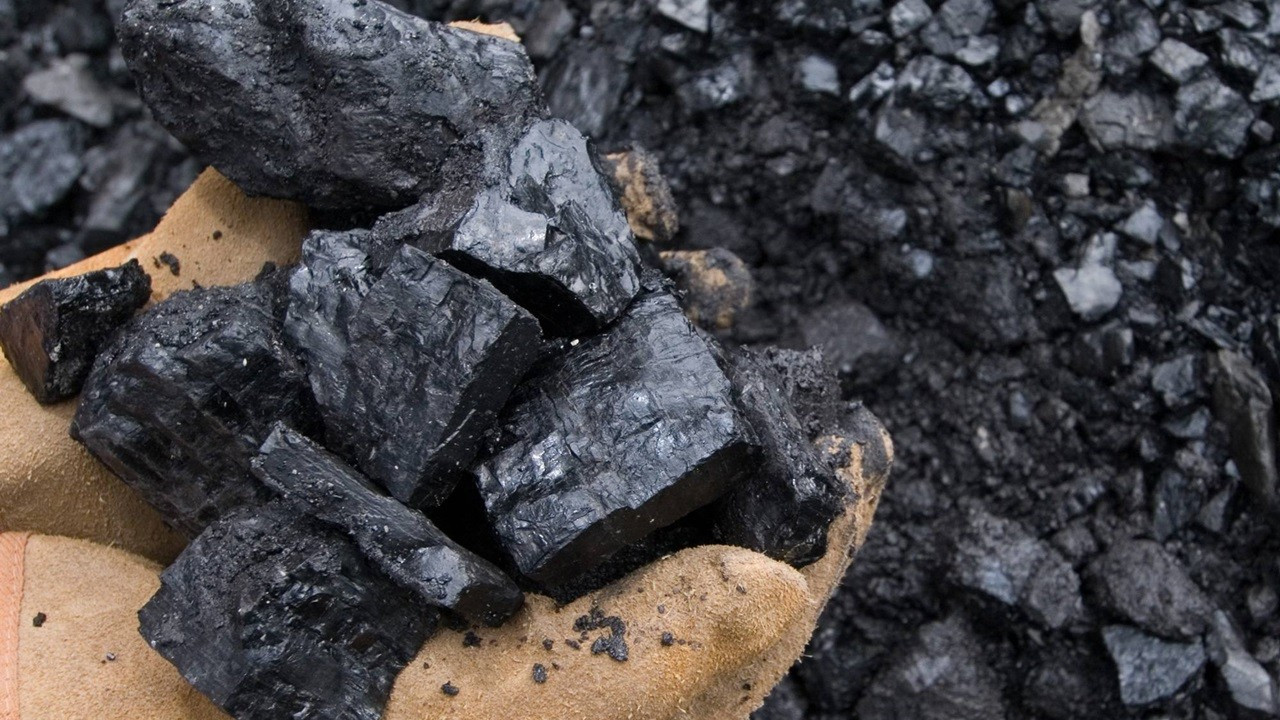
Recovered carbon black: A Sustainable Solution for the Rubber Industry
Overview of Recovered carbon black
Recovered carbon black, also known as reprocessed or recycled carbon black, is obtained by pyrolysis or burning of used tires or other rubber products. This process helps recover carbon black particles that can then be utilized like regular carbon black in various products like tires, hoses, belts, footwear and other rubber goods.
Recovery Process
The recovery process starts with collecting and sorting used tires and other rubber waste. This material is then cleaned, sized and fed into a rotary kiln, where it is heated to high temperatures in an oxygen-starved environment. This thermal decomposition breaks down the long polymer chains in rubber into shorter molecules like carbon black, oils, steel and gases. The carbon black is then separated, purified and prepared in various grades for marketing.
Benefits of Using Recycled Carbon Black
Opting for Recovered carbon black provides several environmental and economic advantages over producing carbon black through conventional means:
- Waste Reduction: It helps tackle the massive stockpiles of used and waste tires generated each year by finding a viable recycling option. This prevents the tires from ending up in landfills.
- Resource Conservation: The recovery process conserves valuable fossil resources like oil that would otherwise be used for producing virgin carbon black. It supports the principles of a circular economy.
- Carbon Emissions Cuts: As Recovered carbon black production involves burning of waste rubber instead of fossil fuels, it results in significantly lower carbon emissions compared to conventional processes.
- Cost Effectiveness: With proper sorting and processing, Recovered carbon black can be offered at competitive rates versus standard carbon black. This makes it financially attractive for various rubber product manufacturers.
Properties and Performance
Recovered carbon black maintains performance properties comparable to commonly used furnace and thermal types of carbon black. Various tests and case studies have shown that rubber articles vulcanized with recycled carbon black exhibit adequate strength, resistance and durability properties for their intended applications.
Grades and Applications
Like standard carbon black, Recovered carbon black is also available in different graded targeted for specific rubber formulations and products:
- Tire Grade Carbon Black: Used predominantly in tire tread compounds for its ability to enhance wear resistance and impart strength.
- Technical Grade Carbon Black: Ideal for hoses, belts, seals due to balanced reinforcement and thermal properties.
- Conductive Carbon Black: Facilitates discharge of static electricity in conveyor belts and other industrial rubber goods.
Quality Standards and Certifications
To ensure consistent quality, major Recovered carbon black producers adhere to internationally recognized standards like ASTM D5603, D6630 and EN ISO 15817. Several facilities also hold certifications from accredited bodies under ISO 9001, ISO 14001 and RCAP programs recognizing their environment and safety performance.
Current Market Dynamics
Globally, over 1.5 million tons of Recovered carbon black was produced in 2020, accounting for almost 4% of total carbon black output. Tire manufacturing remains the dominant end-use at present, but other non-tire rubber articles are increasingly adopting recycled alternative. As sustainability initiatives gain prominence, the demand and share for recovered carbon is estimated to rise much further in the rubber industry.
























